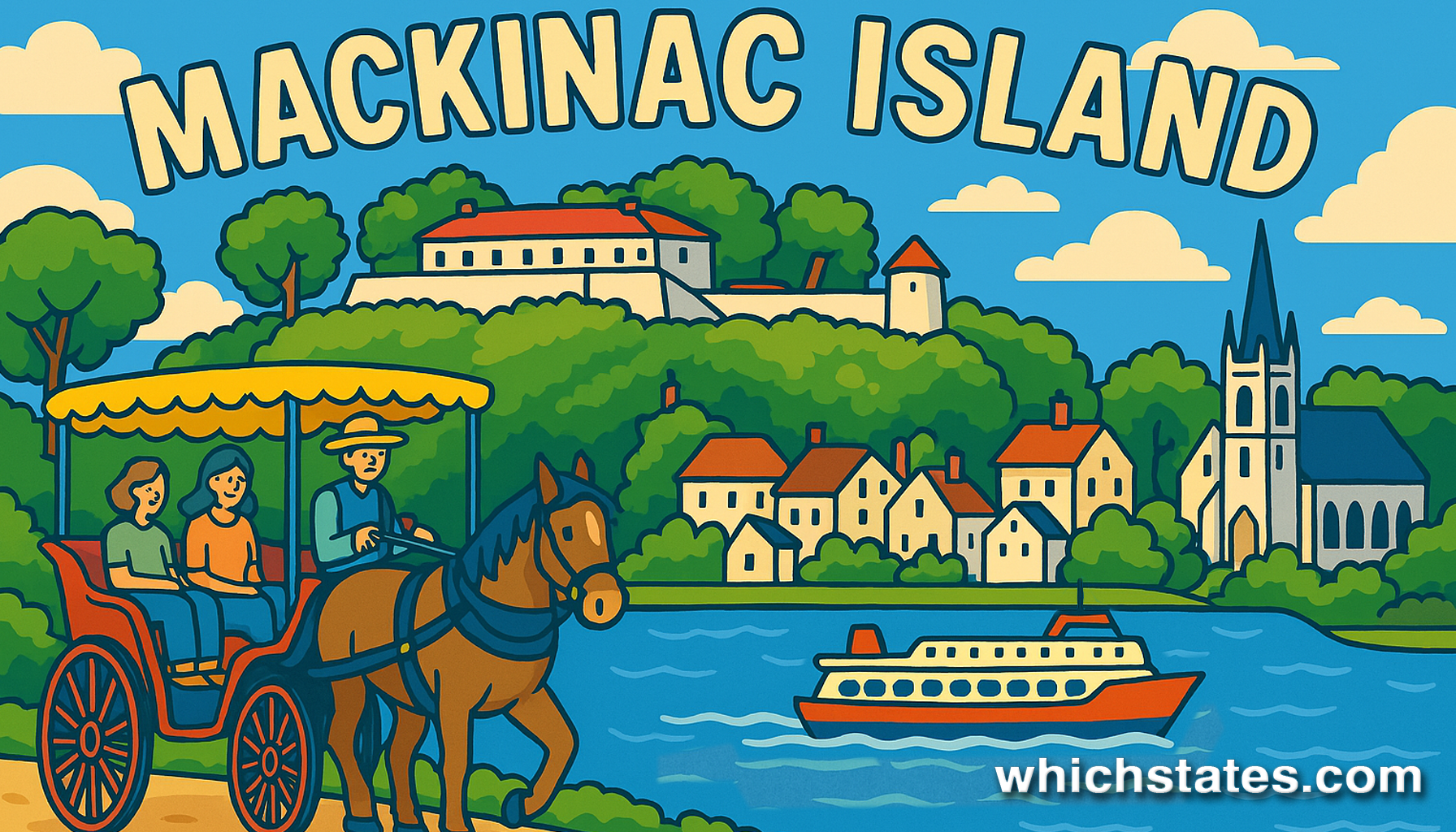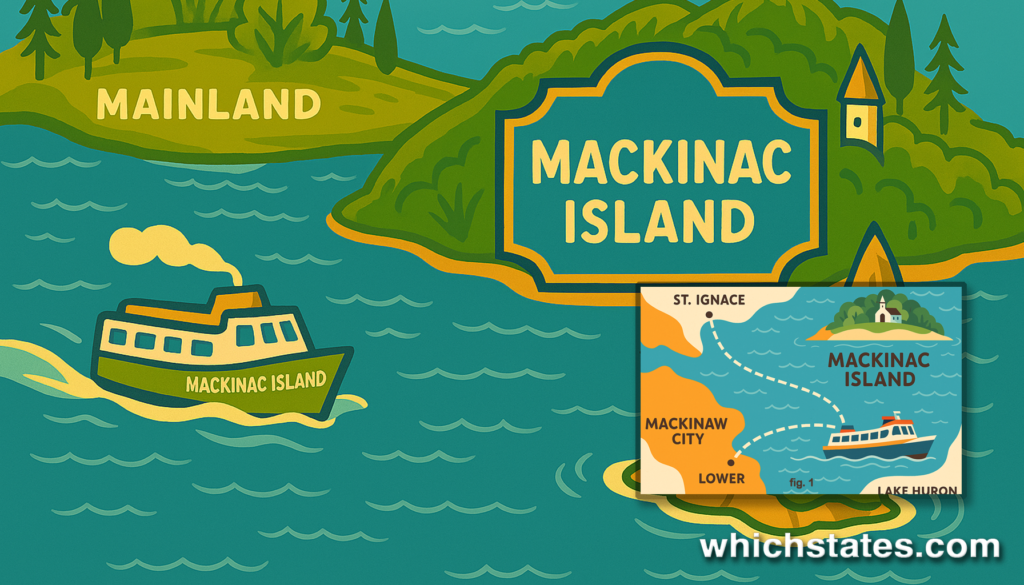
A Journey Through Time: The Rich History of Mackinac Island
Nestled in the sparkling waters of Lake Huron, Mackinac Island has captivated visitors for centuries. It has timeless charm and rich history. Known for its blend of natural beauty and historic preservation, the island offers a rare glimpse into a bygone era. Horse-drawn carriages and bicycles replace cars, and traditions remain lovingly intact. Let’s take a closer look at Mackinac Island’s fascinating story and how travelers today can step back in time to experience it for themselves.
🪶 Native American Roots & Legends
Long before it became a beloved tourist destination in Michigan, Mackinac Island was home to Native American communities. These communities recognized Mackinac Island’s strategic and spiritual significance. The Anishinaabe people named the island “Michilimackinac,” meaning “place of the great turtle.” This is a nod to the island’s shape and its role in native legends.
🧭 French Traders and Missionaries
French explorers arrived in the 1600s. They established fur trading posts and missionary outposts that would shape the region’s early history.
As European influence grew, Mackinac Island played a pivotal role in the fur trade, serving as a key hub in the Great Lakes region.
🏰 Fort Mackinac and the War of 1812
By the late 18th century, British forces constructed Fort Mackinac to protect the island’s vital trade routes. This military outpost witnessed dramatic moments, including battles during the War of 1812, before being ceded to the United States.

🏖 A Victorian Getaway
The late 19th century brought a new chapter in Mackinac Island’s story as it transformed into a sought-after Victorian vacation destination. With its cool summer climate, scenic vistas, and elegant hotels, the island became a retreat for wealthy vacationers from cities like Chicago and Detroit. The establishment of the Grand Hotel in 1887 further solidified Mackinac’s reputation as a premier resort. Known for its iconic long porch, luxurious amenities, and sweeping views, the Grand Hotel remains a symbol of timeless elegance.
🌲 Mackinac Island’s Natural Beauty and Preservation
Mackinac Island’s designation as the nation’s second National Park in 1875 (and later as a Michigan State Park in 1895) helped preserve its natural beauty and historic charm. Today, more than 80% of the island is protected parkland, offering visitors countless opportunities to explore pristine trails, discover geological wonders like Arch Rock, and immerse themselves in nature.
🚢 How to Get There
Visiting Mackinac Island is as unique as the island itself. Since automobiles have been banned for over a century, the journey begins with a ferry ride from the mainland. Ferries depart from Mackinaw City on the Lower Peninsula or St. Ignace on the Upper Peninsula, with regular crossings that take approximately 15-20 minutes. These boats provide stunning views of the Mackinac Bridge and the island’s picturesque shoreline.
Once on the island, travelers can embrace a slower pace of life. Bicycles, horse-drawn carriages, and walking are the primary modes of transportation. This creates an atmosphere that feels worlds away from modern hustle and bustle. Exploring Mackinac by bike or on foot allows visitors to take in every detail. Such as quaint cottages, lush gardens, and the occasional clip-clop of horse hooves on cobblestone streets.

🕰️ Preserving the Past, Celebrating the Present
Mackinac Island is more than a destination; it’s a living piece of history that continues to enchant visitors year after year. From its Native American roots and fur trading heyday to its status as a Victorian retreat and modern-day treasure, the island’s story is one of resilience and tradition. Whether you’re drawn by its historic sites, breathtaking landscapes, or simply the chance to leave cars and chaos behind, Mackinac Island offers an unforgettable journey into the past—one that’s just a ferry ride away.

